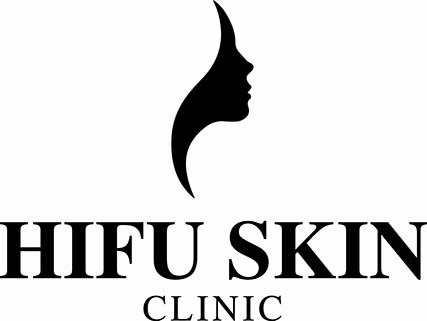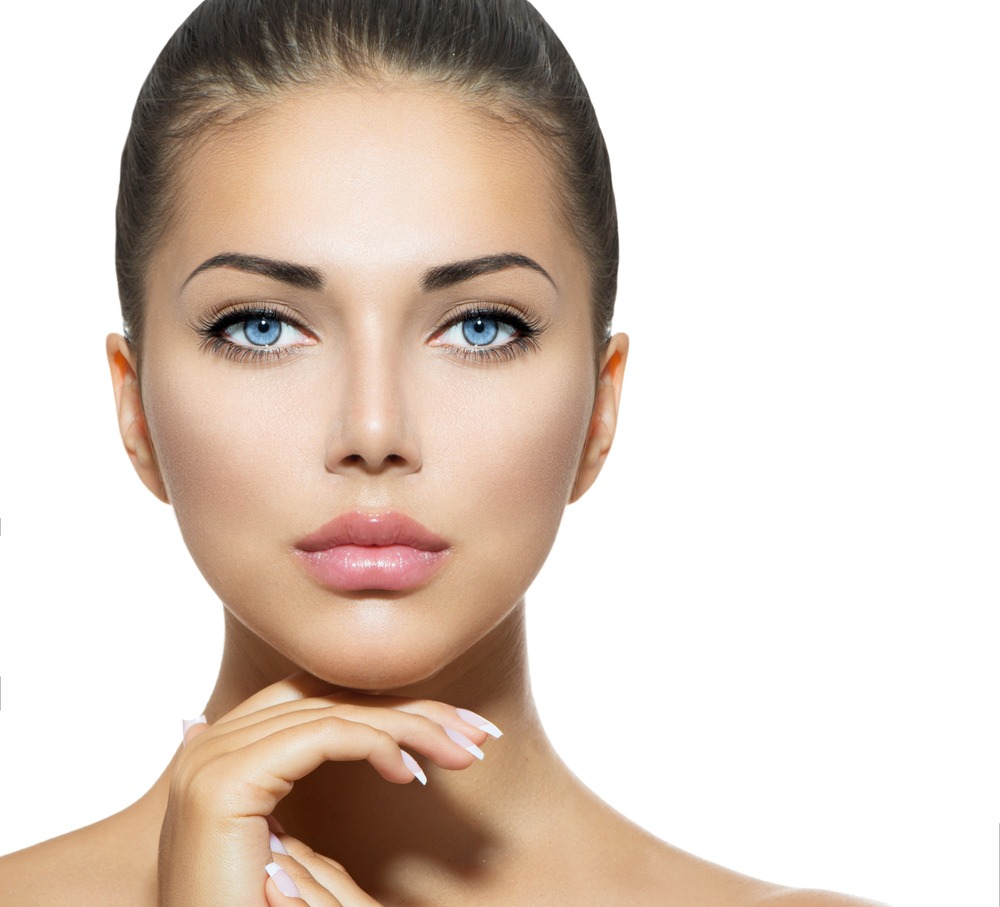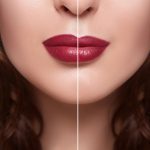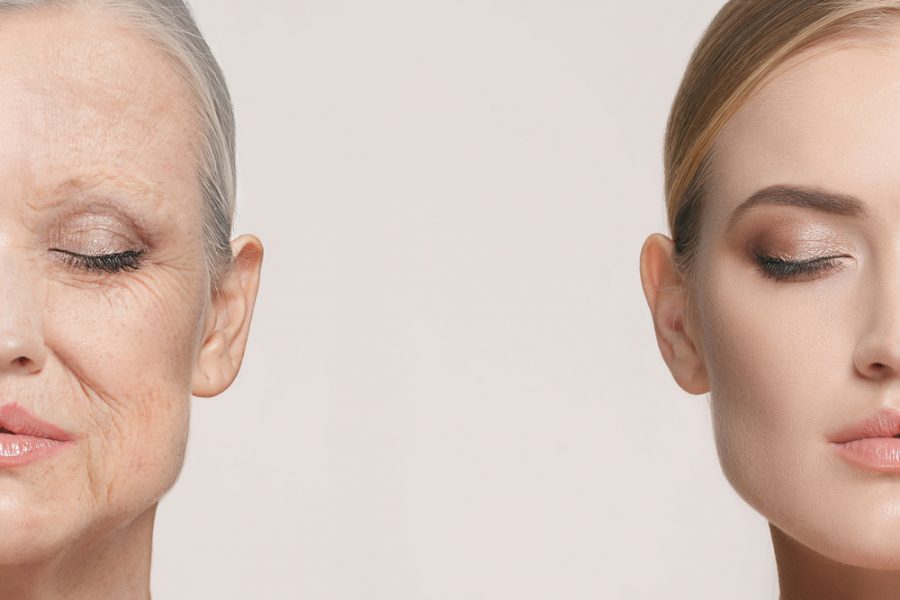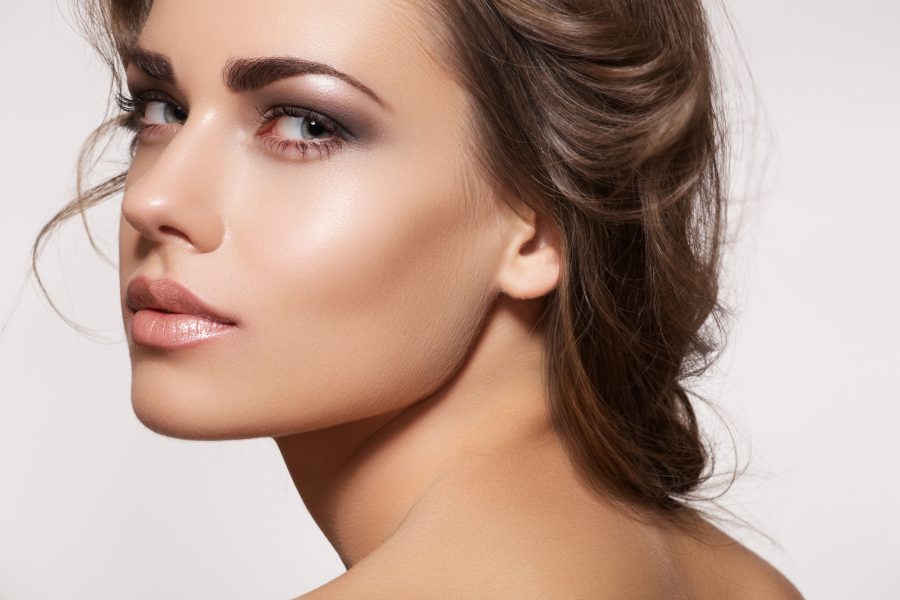Why is our Skin Ageing
Skin ageing is a result of the increasingly declining body functions, the slowdown of cell turnover and a decrease in the production of collagen and elastin. Ageing occurs due to extrinsic and intrinsic factors.
Extrinsic factors are those that come from the environment or from the “outside” of the body and we can control these factors up to a certain level. On the other hand, intrinsic factors are those that come from within us, these factors are related to the way we are genetically determined to age as we grow and we have no control over the intrinsic factors of ageing.
External or extrinsic factors, such as smoking or excessive sun exposure, accelerate the skin ageing process leading to thickening of the outer layer of the skin (the epidermis), uneven pigmentation, and wrinkles, among other signs of skin ageing. The signs of extrinsic ageing can become evident as early as the age of 18 but are usually most visible when we reach the age of 30.
Intrinsic factors are related to the decrease in the production of collagen, elastin, and other proteins in the inner layer of the skin (the dermis). Intrinsic ageing affects more than our skin, it leads to weakening of the bones and an overall decrease our body’s functioning capacities.
Signs of Skin Aging
The signs of ageing can we classified as superficial and internal. Superficial changes related to skin ageing include:
- Redness due to the dilation of the skin’s capillaries
- Dull or lacklustre skin
- Loss of fat underneath the skin, which accentuates wrinkles
- Loss of skin firmness or tension
- The appearance of skin spots or discolouration
- Rough texture
- Sagging or slack skin
- Uneven skin tone
- Wrinkles
- Dry skin
- Dehydrated skin
Internal changes related to skin ageing include a decrease in:
- Collagen and elastin production
- Skin’s ability to bind water or skin dehydration
- Fat production underneath the skin
- Blood flow and supply of nutrients to the skin
- Energy production
- DNA repair capacity
- Cell turnover
- The function of the immune system
The skin can significantly benefit from making healthy lifestyle changes, such as reducing the exposure to sunlight and can even repair some of the damaged caused by extrinsic factors over time.
PRP Therapy for Skin Rejuvenation
Several anti-ageing treatments and products exist in today’s market. Most of these products, such as cream, serums, and lotions, only have a superficial effect because they are not able to change the way the skin’s cell function and regenerate. Platelet Rich Plasma treatment or PRP or Vampire facelift as otherwise known is considered an excellent option to reduce the signs of skin ageing because it has the ability to regulate the function of skin’s cells.
PRP Procedure
PRP is obtained from a patient’s blood sample, then it is centrifuged to divide the blood components and to create a solution rich in platelets. This concentrate is injected into the dermis where it stimulates the production of collagen and other proteins, which are essential to maintain a youthful appearance of the skin.
Our Most Popular Skin Rejuvenation Treatments
Scientific Evidence of PRP
Research shows that PRP increases the amount of a certain type of cells that produce collagen, called fibroblasts, as well as blood vessels in the skin.3 These changes are attributed to the high concentration of growth factors in PRP. Growth factors are small particles that can regulate the growth and regeneration of cells. The overall effect of skin PRP injections is an increase in the production of collagen, which translates in more youthful skin.
A study published in the Actas Dermo-Sifiliográficas Journal in 2017, shows that PRP skin injections can significantly reduce the manifestations of skin ageing, including an improvement in wrinkles and elasticity. This study also shows that PRP can decrease the appearance of age spots.3
Another study performed in 2016, shows that Platelet Rich Plasma injections increase the level of collagen in the skin. According to the authors, even a single application of PRP “could be considered as an effective and safe procedure for facial skin rejuvenation”.4
Platelet Rich Plasma is a perfect treatment option for patients seeking natural results. The procedure of PRP injections for skin rejuvenation is considered very safe because there are no foreign substances such as Hyaluronic Acid or Toxis injected – thus the risk of inflammation or an allergic reaction is minimal. The results of PRP injections for skin rejuvenation can be seen after 3 to 4 weeks.
What can be treated with PRP?
The procedure can be applied to the:
– Face
– Neck
– Décolleté
– Hands
Independent patient review forums such as realself.com list PRP therapy for aesthetic applications, such as skin rejuvenation, among the highest-rated. At Hifu Skin Clinic we will design an individual treatment plan of one or multiple treatments, according to the clinical expectations.
Results should you Expect?
Studies have shown that PRP Therapy for Skin rejuvenation results in:
– Skin texture improvement
– Higher skin hydration
– Glow (luminescence) improvements
– Slight volume increase
During your consultation, we will discuss if PRP Therapy for the Skin rejuvenation is the right skin treatment option for you.
Hifu Skin Clinic in London offers PRP skin treatment for men and women men at very affordable price. Read more about Platelet Rich Treatment for women and Platelet Rich Treatment for men.
At Hifu Skin Clinic, other than Platelet Rich Plasma treatment we offer other advanced skin rejuvenation treatments such as Ultracel, Advanced Mesotherapy and Lip Fillers.
CLINICAL REFERENCES:
1Readelli A. Face and neck revitalization with PRP. Clinical out come in a series of 23 consectively treated patients. Journal of Drugs and Dermatology 2010
2Chawla S. Split Face Comparative Study of Microneedling with PRP versus microneedling with Vitamin C in treating atrophic post acne scars. J Cutan Aesth Surgery 2014.
3Cabrera-Ramírez, J.O., Puebla-Mora, A.G., González-Ojeda, A., et al. (2017). Platelet-Rich Plasma for the Treatment of Photodamage of the Skin of the Hands. Actas Dermosifiliogr. Jun 16. pii: S0001-7310(17)30208-9. doi: 10.1016/j.ad.2017.04.006.
4Abuaf, O.K., Yildiz, H., et al. (2016). Histologic Evidence of New Collagen Formulation Using Platelet Rich Plasma in Skin Rejuvenation: A Prospective Controlled Clinical Study. Annals of Dermatology. 28(6):718-724. Epub 2016 Nov 23.
